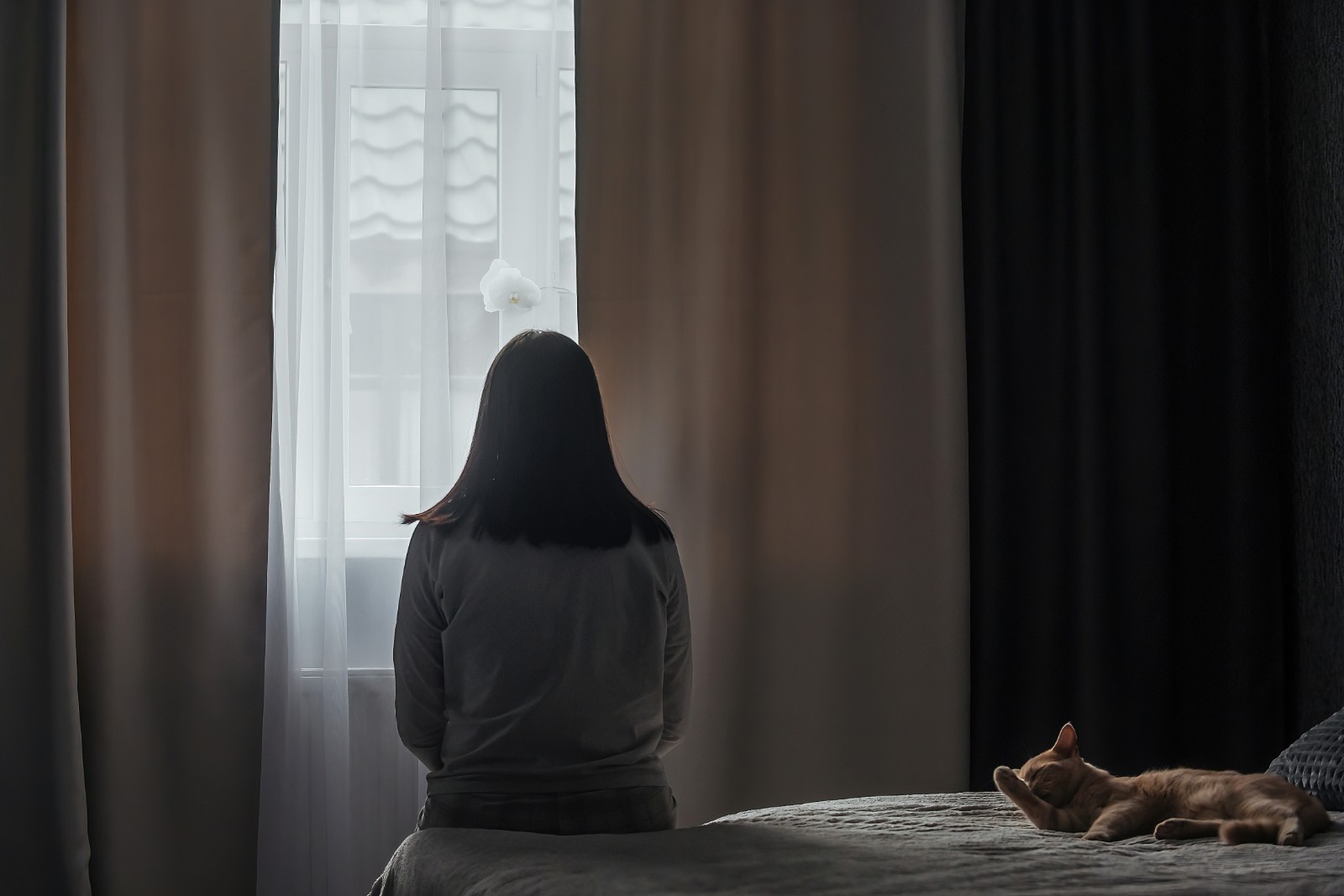
As the seasons shift, so can our moods. For many, the colder months bring more than lower temperatures. They also bring feelings of sadness, fatigue, or lack of motivation, often called the “winter blues.” These changes can have a deeper impact for those affected by Seasonal Affective Disorder (SAD). The good news is that with the right preparation, you can minimize symptoms and enjoy a brighter, healthier winter season. Understanding SAD and taking preventive steps can set yourself up for a more balanced and fulfilling experience during the colder months.
Seasonal Affective Disorder and Its Triggers
Seasonal Affective Disorder, or SAD, is a type of depression linked to changes in seasons, typically beginning in late fall and lasting through winter. This condition is closely tied to reduced daylight hours, colder weather, and increased time spent indoors. While SAD impacts individuals differently, understanding its triggers is key to finding effective ways to manage it. Some of the most common triggers for SAD include:
- Reduced Sunlight: Shorter days and longer nights disrupt the body’s internal clock, leading to changes in sleep patterns, energy levels, and mood.
- Limited Outdoor Activity: Cold weather often discourages outdoor time, which can reduce exposure to natural light and physical activity.
- Isolation: Winter can make it harder to socialize, contributing to feelings of loneliness or disconnection.
- Biological Factors: Decreased sunlight can cause drops in serotonin and disrupt melatonin levels, both of which play a role in mood regulation.
Preventive Steps for Managing SAD
Taking proactive measures before the onset of seasonal changes can help minimize the effects of Seasonal Affective Disorder (SAD). Here are some practical and effective steps you can take to manage symptoms and maintain a sense of balance.
1. Maximize Sunlight Exposure
Spend time outdoors during daylight hours, even if it’s just a short walk. Open curtains and blinds to let in as much natural light as possible. Rearrange your home or workspace to sit closer to windows.
2. Use Light Therapy
Consider investing in a light therapy box, which mimics natural sunlight and can help regulate your mood. Use the light box for about 20-30 minutes daily, ideally in the morning, to support your body’s natural rhythm.
3. Stay Physically Active
Regular exercise boosts endorphins and reduces stress, helping to combat SAD symptoms. Aim for at least 30 minutes of moderate activity, like walking, yoga, or strength training, most days of the week.
4. Build a Routine
Establishing a consistent schedule for sleep, meals, and activities can provide structure and stability during the winter months. Prioritize regular bedtimes and wake-up times to maintain a healthy circadian rhythm.
5. Eat a Nutrient-Rich Diet
Incorporate foods high in vitamins and minerals, such as leafy greens, whole grains, and lean proteins. Consider foods rich in omega-3 fatty acids, like salmon or walnuts, which may help improve mood. Limit sugar and processed foods, as they can lead to energy crashes and worsen symptoms.
6. Stay Connected
Make an effort to maintain social connections, even when it feels easier to withdraw. Schedule regular check-ins with family and friends or join community activities to foster connection and support.
7. Practice Stress Management
Engage in mindfulness activities like meditation, deep breathing, or journaling to reduce stress levels. Consider adding calming hobbies like crafting, reading, or gardening to your daily routine.
8. Seek Professional Support
If you’ve experienced SAD in the past, discuss preventive measures with a mental health professional before symptoms start. Therapy, such as cognitive-behavioral therapy (CBT), can help you develop coping strategies tailored to your needs.
The Role of Professional Support in Preventing SAD
While lifestyle changes can make a significant difference, professional support plays a crucial role in preventing and managing Seasonal Affective Disorder (SAD). Mental health professionals can help you understand your unique triggers and develop personalized strategies to address them. From light therapy guidance to cognitive-behavioral therapy (CBT), professionals offer evidence-based tools to improve mood and resilience. Early intervention is key. If you notice changes in energy, mood, or daily functioning as the seasons shift, consulting a mental health expert can provide clarity and relief. Professional support ensures that you’re not navigating these challenges alone, offering a safety net to help you maintain balance during the winter months.
Why Choose OC Specialty Health & Hospitals for SAD Support?
At OC Specialty Health & Hospitals, we understand the impact of SAD and are here to help. Our compassionate team provides a welcoming, judgment-free environment where you can openly discuss your concerns. We offer a range of services tailored to your needs including therapy, medication management, and holistic approaches to mental health care. What sets us apart:
- Personalized Treatment Plans: We craft individualized care strategies to address your unique challenges.
- Experienced Team: Our licensed therapists and medical professionals specialize in treating mood disorders like SAD.
- Comprehensive Care: From light therapy recommendations to lifestyle guidance, we provide all-encompassing support.
- Collaborative Approach: We work closely with you and your loved ones to ensure you have the resources you need for success.
With OC Specialty Health & Hospitals, you’ll find a dedicated partner in your journey toward better mental health.
Embracing a Brighter Winter Season
Seasonal Affective Disorder doesn’t have to cast a shadow over your life. By preparing early, seeking professional support, and embracing healthy habits, you can take control of your mental well-being. At OC Specialty Health & Hospitals, we’re here to help you navigate the challenges of SAD with compassion and expertise. Don’t wait to take the first step toward brighter days. Contact us today to learn how we can support you in creating a fulfilling and balanced winter season.
